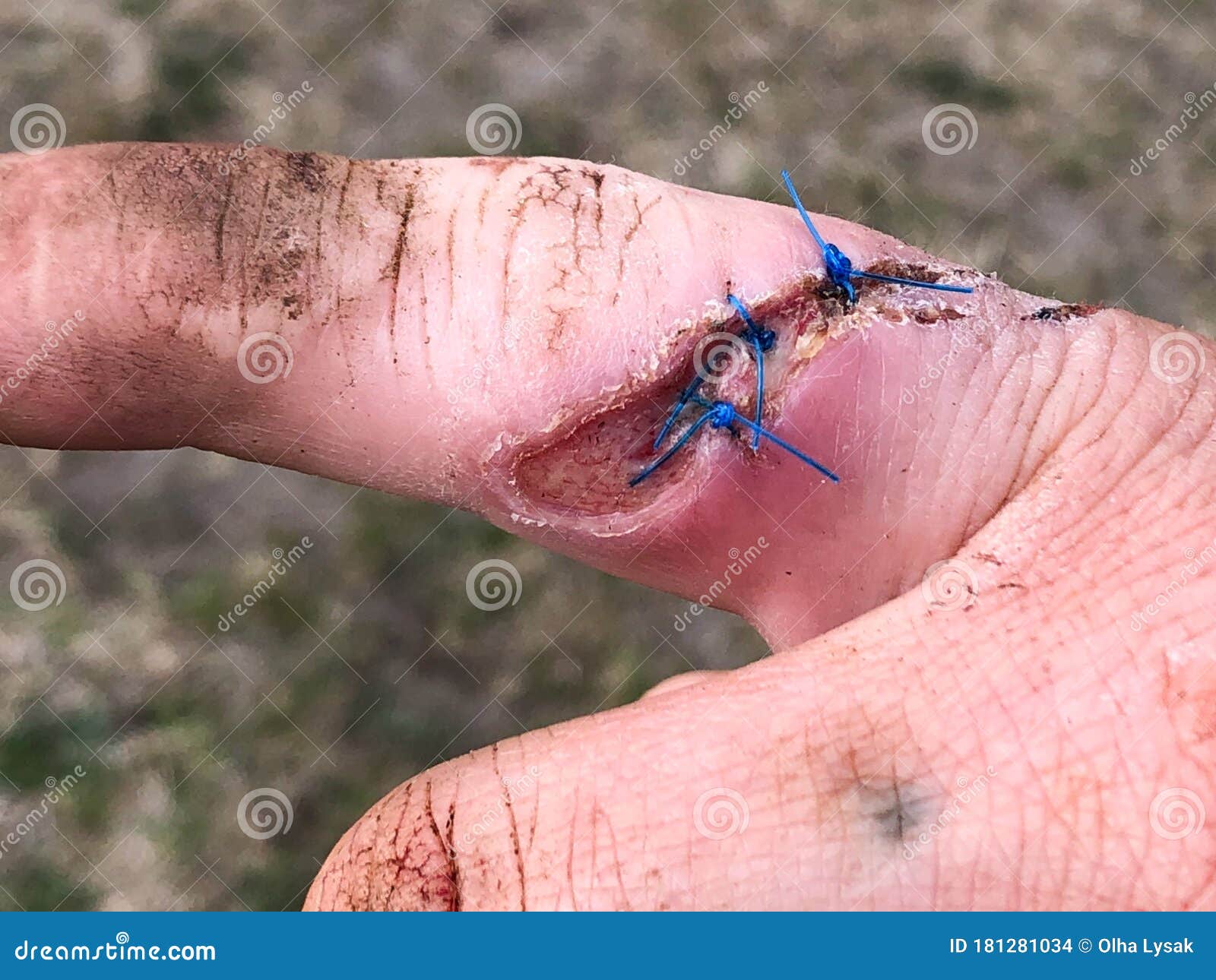

Next, the cans were sealed and sterilized before making their way to the casing room where the cans were cased up for shipping. In some plants the fish would be cooked first (either boiled, steamed, or oil-fried) before they were packed in the cans. The fish would be pumped out from the sardine carrier boats and into the factory. Since workers rarely had their own means of transportation, often, a cannery owned pickup truck or bus would make the rounds every morning, picking up the workers on hour-long routes through the countryside.Īt the cannery, the fish were cooked, canned, and shipped out. People living from miles around would commute to the port towns where large cannery warehouses were propped on the water’s edge. The foggy Maine weather proved to be too damp to successfully dry out the fish as done in Europe, so while Burnham was unsuccessful in his attempt to run a plant, others soon established new methods that worked for the New England climate.īy the early 1900s the industry was at its peak. In the United States, herring were plentiful, and would supply the industry with small and flavorful fish (a sardine is not a specific species of fish, rather, it is a term to refer to fish of the clupeoid family that are packed and preserved in oil). It was the first type of endeavor in the States, beginning decades before the first cannery opened in Monterey, California’s famed Cannery Row written about by Steinbeck. The Maine sardine industry began in 1867, when George Burnham returned from an overseas trip to France and learned of the sardine industry there. While men worked at sea harvesting the fish, the women were needed for their small and quick fingers, a job that was considered too cumbersome for the larger-knuckled men. The woman workers in the Maine sardine canneries are no different. Across the globe, women frequently process and market the seafood once the haul has been brought ashore, but these sorts of roles are often overlooked. It wasn’t until modern concepts of femininity took hold in Iceland in the 1800s that these female harvesters disappeared.Įven in the modern world, women play an essential but often invisible role in fishing. One estimate suggests that as much as a third of one town’s fishing crew were women. In Iceland, recent historical studies have revealed famed female fishers from the 1700s, and it is believed that these fisherwomen were more common at that time than once believed. Throughout history, however, women have been present, often as the physical harvesters of fish and other seafood. Today, visions of hardened, bearded men come to mind at the mention of fishermen, and too often women are forgotten, or their roles deemed unimportant.

Women are often an invisible force in the fishing industry.


 0 kommentar(er)
0 kommentar(er)
